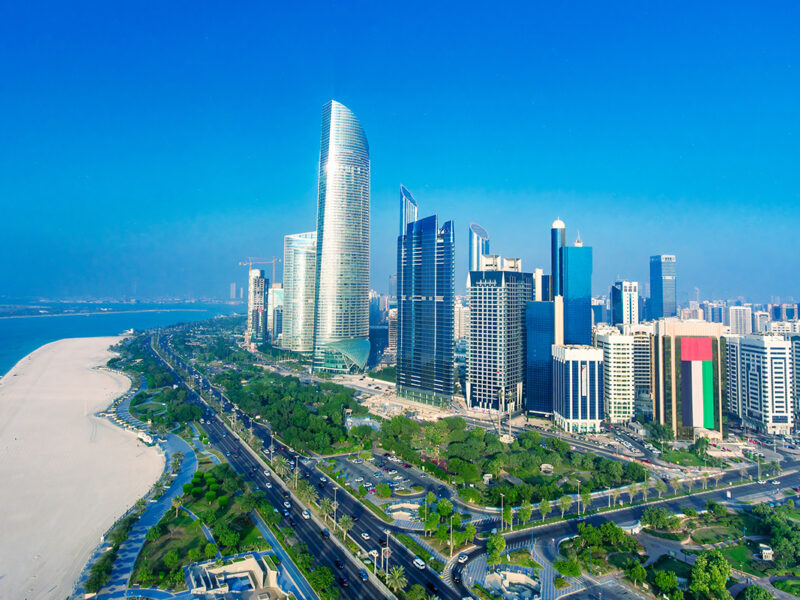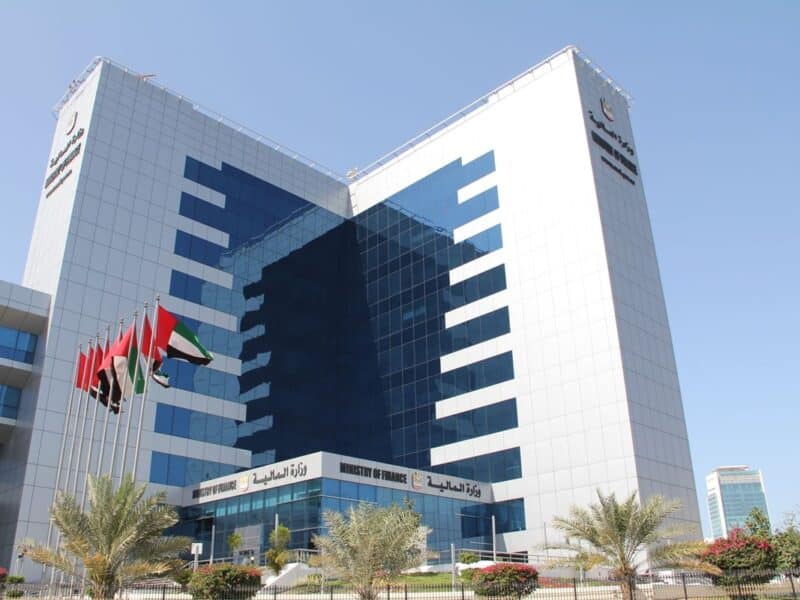Nature, food and wellness breaks are driving holiday spending, according to the Mastercard Economics Institute’s (MEI) annual Travel Trends 2025 report.
While exchange rates and geopolitical dynamics can influence consumer behaviour, the report highlights that passions and purpose-driven motivations remain strong drivers shaping the travel industry.
Whether drawn by Namibia’s wellness retreats, Istanbul’s dynamic culinary scene, or Saudi Arabia’s emerging leisure hubs, travellers are expanding their horizons beyond traditional hotspots, said Mastercard.
Travel trends 2025
The globalisation of sports has also turned big events into global spending hubs, drawing fans across continents.
Khatija Haque, chief economist EEMEA, Mastercard Economics Institute, said: “Tourism remains an important driver for growth and diversification in the EEMEA region, and it’s great to see that the natural beauty, culinary variety and special experiences across Africa, the Middle East and Eastern Europe, are held in such high regard by travellers.
“While economic and geopolitical drivers do impact the decision of where to go, the desire for meaningful experiences still drives a big part of our travel decisions.
“The tourism landscape in the EEMEA region is evolving, with emerging destinations attracting investment and powering spending”.
Key findings for Eastern Europe, Middle East and Africa (EEMEA) include:
- Nature-fuelled adventures: MEI analysed major national parks on how commerce in the area is contributing to overall tourist expenditures. Established wilderness giants such as South Africa and Zambia show the highest national park spending as a share of total cross-border, 23.3 per cent and 15.5 per cent in 2024, respectively
- Culinary crossroads: Istanbul tops the list of globalised foodie cities with its median restaurant hosting tourists from 67 different countries in 2024. Doha, Dubai, Marrakech and Cape Town are also on the list with diverse culinary experiences alongside their rich cultural attractions
- Wellness in the wild: Africa is establishing itself as a global leader in wellness-centred travel as consumers prioritise rejuvenation and self-care. The Wellness Travel Index, developed by MEI to highlight destinations leading the way for wellness experiences and self-care, has Namibia, South Africa, and Botswana among the top destinations for travellers seeking spa-style and nature-based retreats and immersive eco lodges. The rising WTI score for Kenya suggests a growing effort in the destination to meet this popular demand
- Top regional hotspots: Recent reforms made it easier to travel to Saudi Arabia which spurred a rise in passenger traffic to Jeddah and Riyadh. The government’s economic diversification efforts have also attracted newcomers Investment in massive projects has created jobs and boosted business travel, while the development of tourism and leisure infrastructure is turning the kingdom into an emerging leisure destination
- Wheeling and dealing closer to home: In general, business travellers favour trips within their own regions, driven by hybrid work models and geopolitical uncertainty. However, there are exceptions, with UK businesses spending a growing share of their travel budgets in Eastern Europe, the Middle East and Africa (EEMEA) at the expense of trips within their region
Global travel trends identified my Mastercard, include
- Sports fandom fuels travel. MEI examined spending within five miles of the venue for the Champions League Final in London. Real Madrid’s victory over Borussia Dortmund led to a 61 per cent YOY increase in German spending, outpacing the overall increase of 14 per cent, whereas Spanish spending spiked by 148 per cent YOY, suggesting fans celebrated by splurging
- Currency changes can impact travel, but it varies regionally. In 2024, currency depreciation drove visitors in search of value to Japan, where a 1 per cent JPY depreciation against the RMB led to a 1.5 per cent increase in Chinese Mainland tourists. However, visitors from New Zealand and the US rose only around 0.2 per cent in response to the same degree of depreciation relative to their currencies









